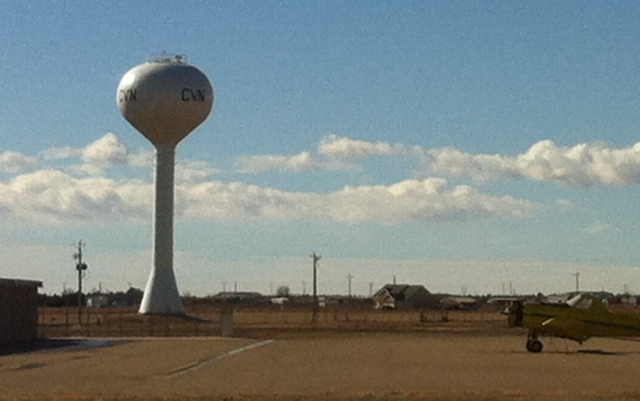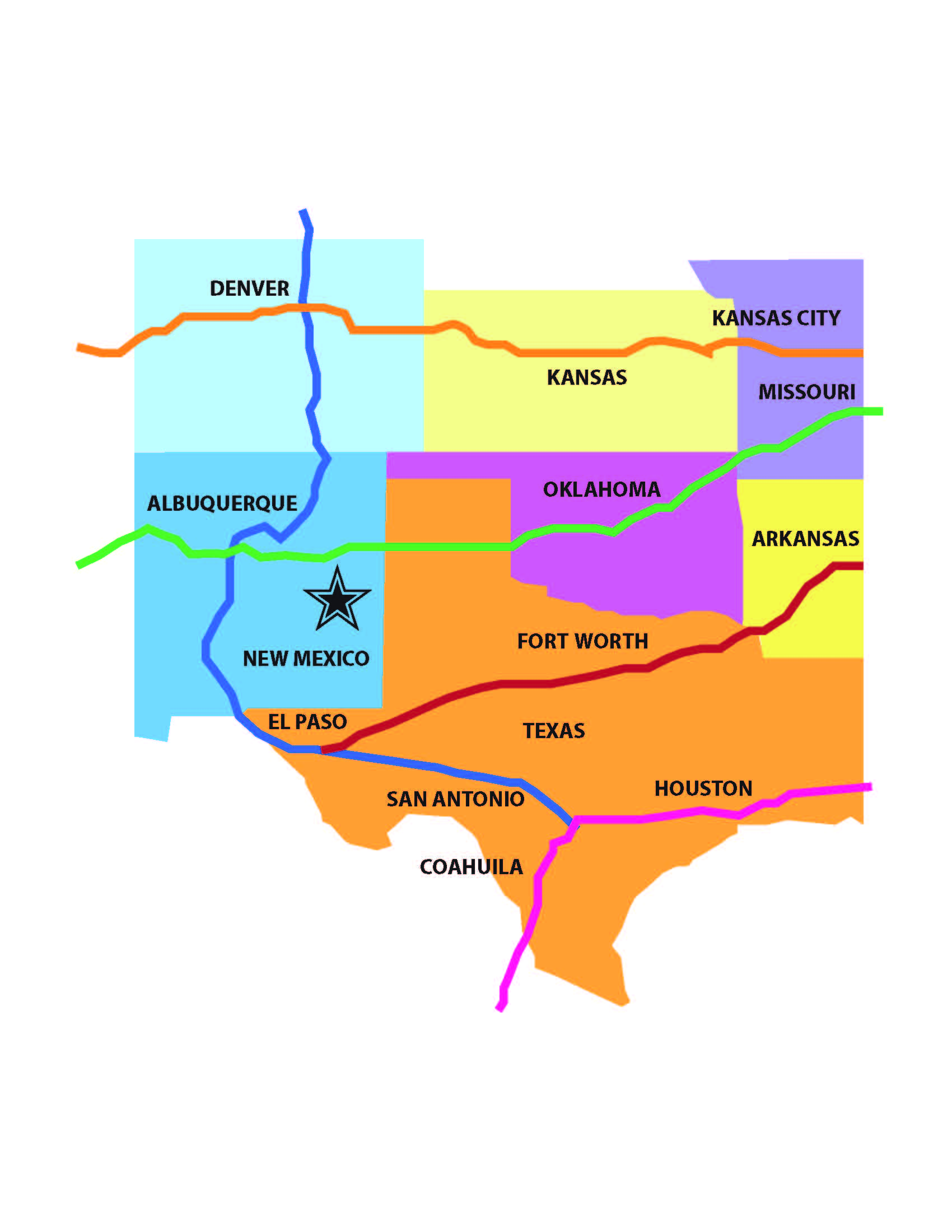
Within the next generation, scientists project the climates of many North American cities will undergo dramatic transformations in response to greenhouse gas emissions. They’ll shift, therefore, to match the climates of other U.S. cities hundreds of miles away, creating a series of tragically linked, newly paired climate sister cities of sorts.
By 2080, Boulder County, for example, will start to feel like the current climate in Clovis, New Mexico — a 40,000-person peanut- and cotton-farming town bordering the western edge of the Texas panhandle.
This is according to an interactive web application built by scientists at the University of Maryland. The typical summer in Clovis is 9.2 degrees (Fahrenheit) warmer and 46.9 percent wetter than summer in Boulder, they report. Unfortunately for those enjoying cool summer nights with fresh breezes and outdoor activities like rock climbing and mountain biking, whether we keep our emissions as they are or reduce them, the data shows Boulder County’s trajectory is pretty much set. More thunderstorms, here we come.
According to U.S. Climate Data, average July highs in Clovis hover above 90 degrees, and January lows sit just above 50 degrees. It’s windy, and winters are typically the driest months.

With the U.S.’s current emissions levels, the University of Maryland’s Center for Environmental Science predicts “the average urban dweller will have to have to drive more than 500 miles to the south to find a climate similar to their home city by 2080.” Clovis, then, will start to feel like West Odessa, Texas — about 10 degrees warmer and about 5 percent drier than its current conditions.
Washington D.C. will start to feel like Mississippi. Portland, Oregon will feel like Sacramento, California. Billings, Montana will be like Hurricane, Utah. Everything is changing.
To create this statistical model, scientists at the University of Maryland used 12 different measures to “describe climate, including minimum and maximum temperature and total precipitation for winter, spring, summer and fall,” according to the report. They also considered numerous future forecasts produced by 27 different climate models.
Many cities, they found, had no perfect matches. “In fact, because of the magnitude of expected climate change, for many cities the ‘best’ match is not all that similar. This means that many cities could experience a future climate unlike anything present in North America today, especially if rates of greenhouse gas emissions are not reduced,” according to the report.
“Within the lifetime of children living today, the climate of many regions is projected to change from the familiar to conditions unlike those experienced in the same place by their parents, grandparents, or perhaps any generation in millennia,” stated study author Matt Fitzpatrick in a press release.
“We can use this [interactive web application] to translate a future forecast into something we can better conceptualize and link to our own experience. It’s my hope that people have that ‘wow’ moment, and it sinks in for the first time the scale of the changes we’re expecting in a single generation.”














